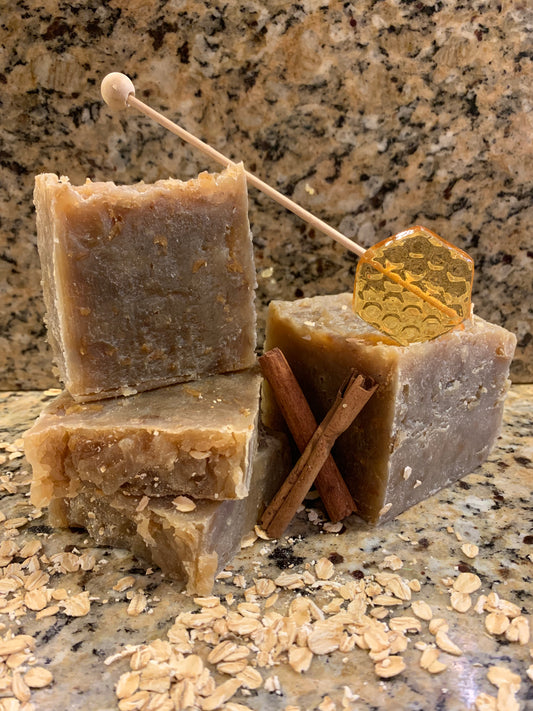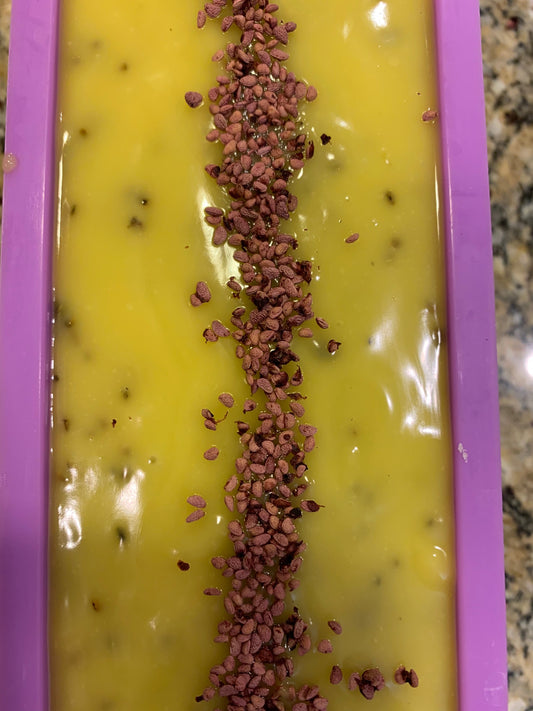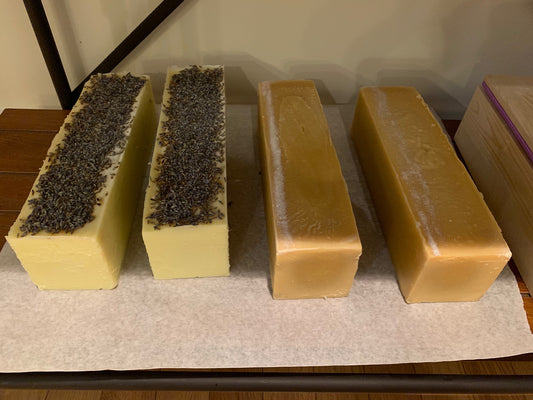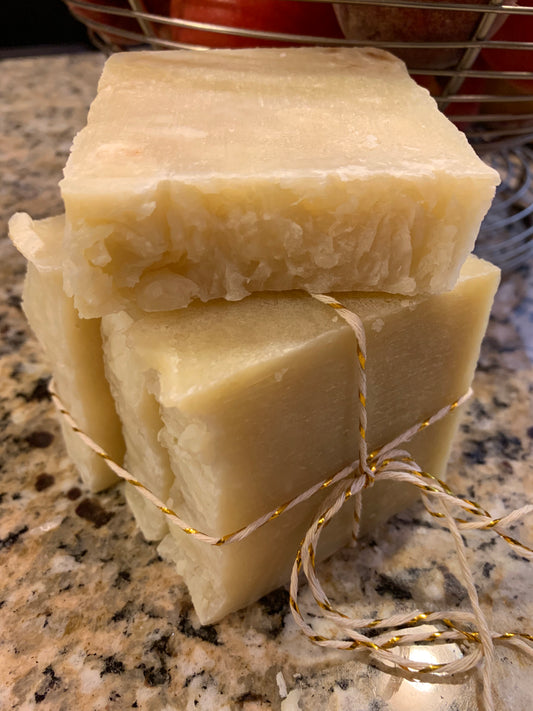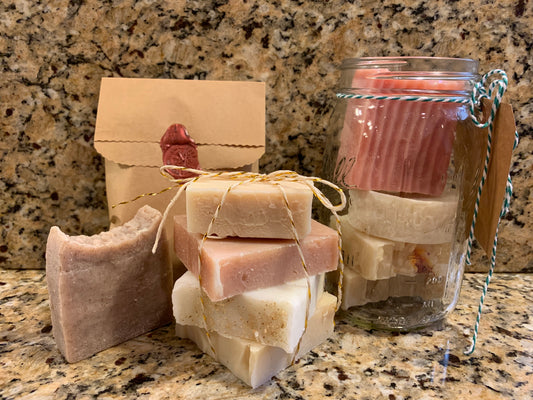The Art of Soap Making: Cold Press Soap Process
Soap has been a cornerstone of personal hygiene and cleaning for centuries, evolving through various methods and ingredients. In this post, we'll explore the fascinating history of soap making and introduce you to the cold press method, a traditional technique that combines nature and science to create gentle, nourishing soaps.
A Brief History of Soap Making
Soap making, an ancient craft, dates back to around 2800 B.C., with the earliest records from Babylon. Initially, soap was a mixture of fats, oils, and salts, used for treating wool and textiles rather than for personal hygiene. The Romans, however, popularized soap for bathing and cleaning, refining the soap-making process and spreading it across their empire.
As time progressed, the methods and ingredients for soap making diversified. The Industrial Revolution marked a significant turning point, introducing mass-produced soaps and chemical processes. However, the quest for more natural, skin-friendly soaps has led to a resurgence of traditional methods, like cold press soap making, in recent times.
The Cold Press Soap Making Process
Cold press soap making is a method that eschews the use of external heat, allowing the natural heat generated during the saponification process to cure the soap. This technique is prized for preserving the integrity and therapeutic properties of natural oils and ingredients.
-
Mixing Lye and Oils: The process begins by mixing lye (sodium hydroxide) with water, followed by combining this mixture with oils. The choice of oils—olive, coconut, palm, etc.—varies based on the desired qualities of the soap.
-
Saponification: Once mixed, the lye and oils undergo saponification, turning into soap and glycerin. This crucial step is carefully monitored to ensure a perfect balance.
-
Pouring and Curing: The soap mixture is then poured into molds and left to cure for several weeks. This slow curing process ensures the soap is gentle, long-lasting, and retains its natural glycerin content.
-
Natural Additives: Essential oils, herbs, and other natural additives are incorporated to enhance the soap's properties, providing aromatherapy benefits and skin nourishment.
Cold press soap making is not just a method; it's a return to the roots of soap making, emphasizing quality, sustainability, and the therapeutic benefits of natural ingredients. By understanding its history and process, we gain a deeper appreciation for the art behind the bars of soap we use daily.
Whether you're a DIY enthusiast or simply curious about the products you use, exploring the world of cold press soap making offers a fascinating glimpse into the blend of history, science, and artistry that goes into creating something as humble yet essential as soap.


